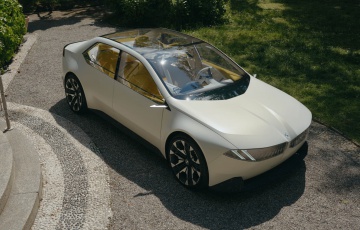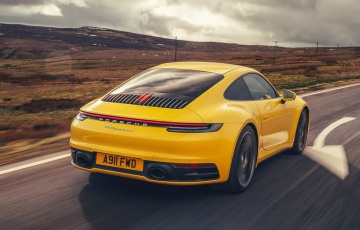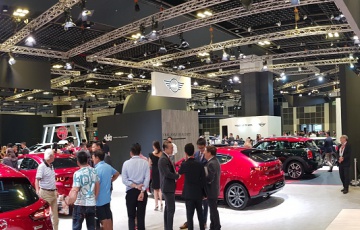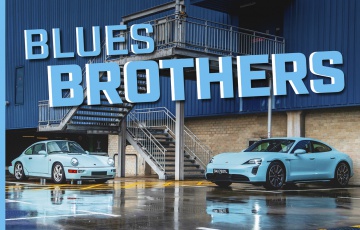Triumph's electric motorbike has a next-gen Williams battery
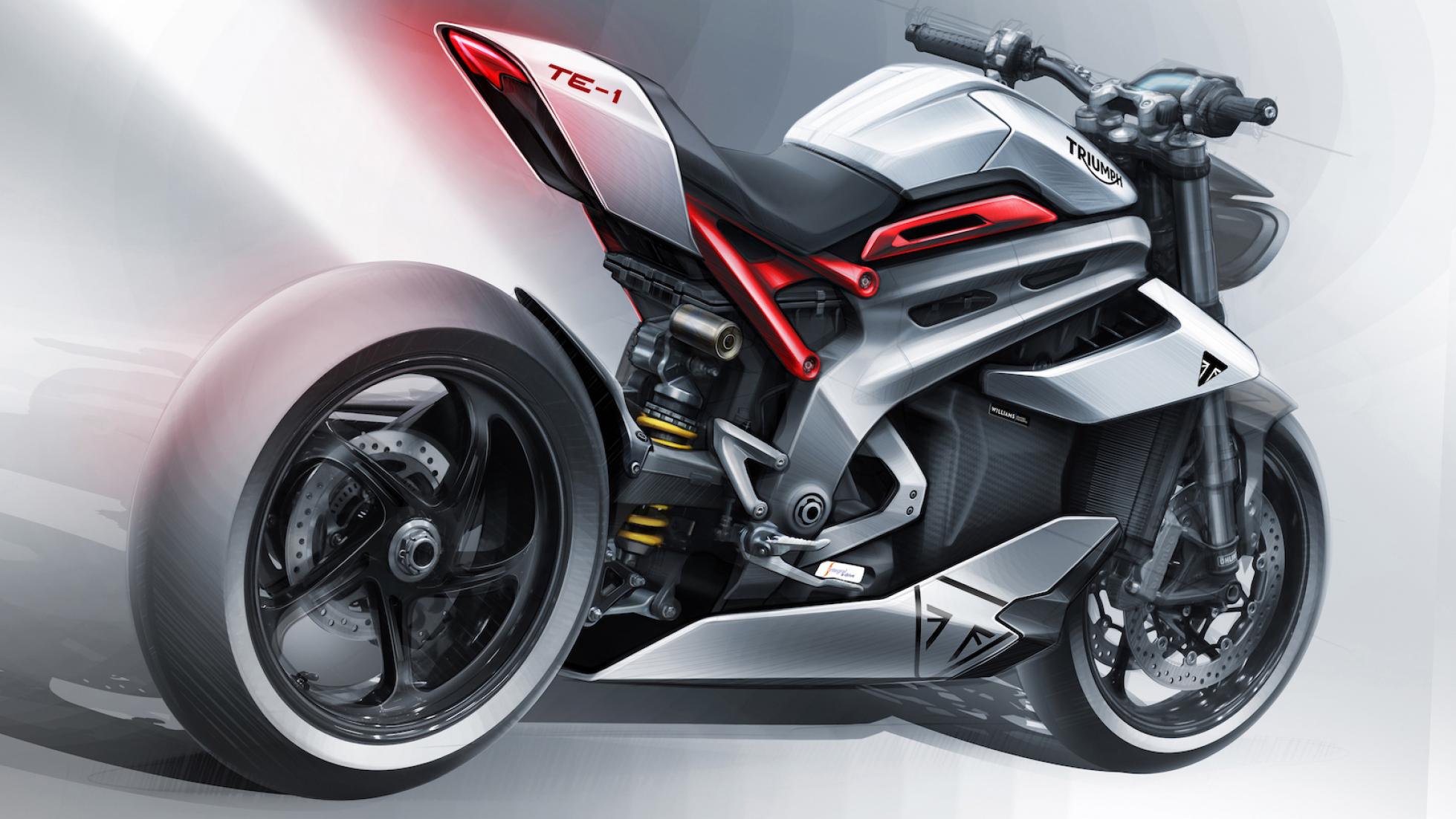

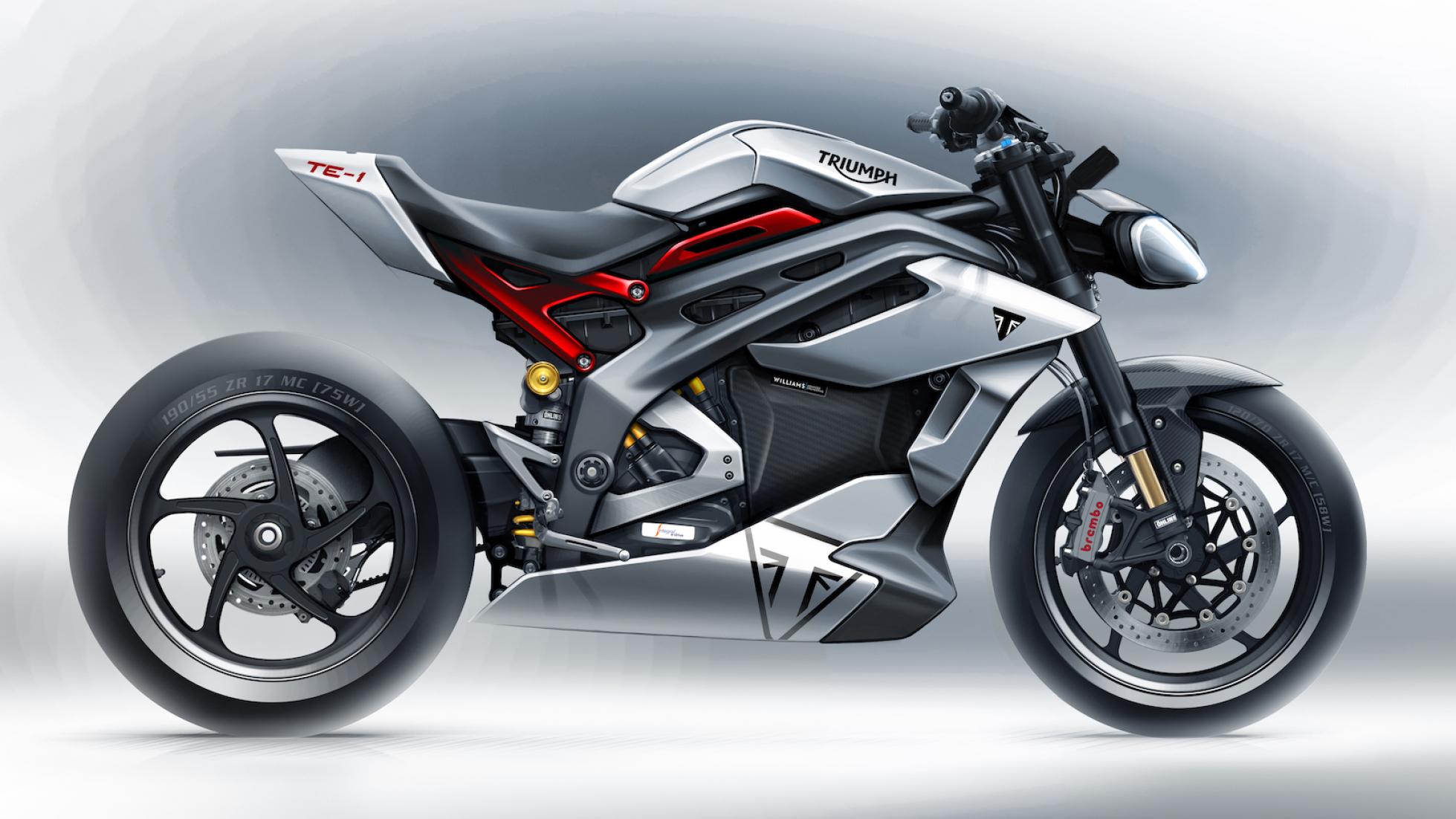
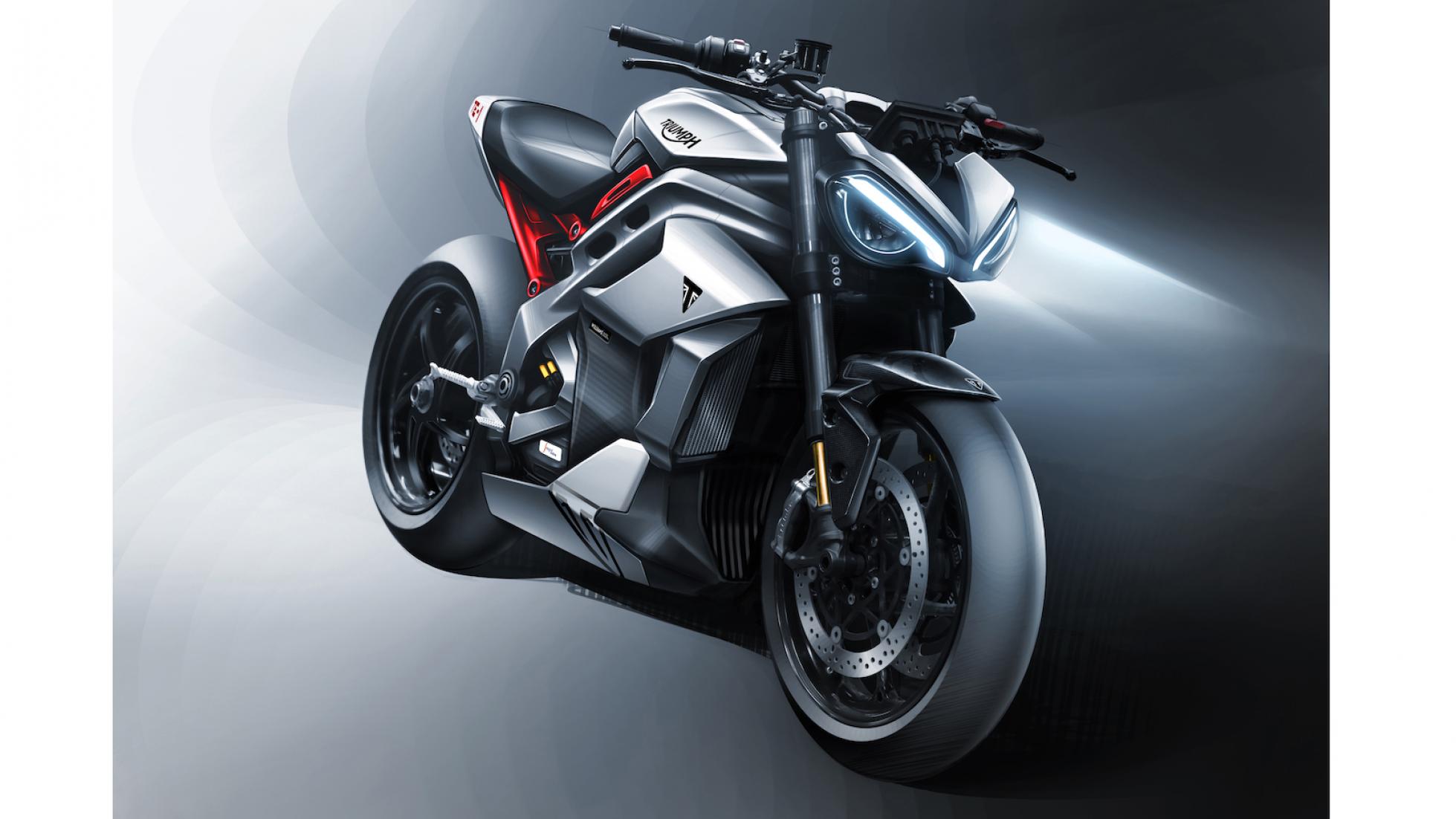
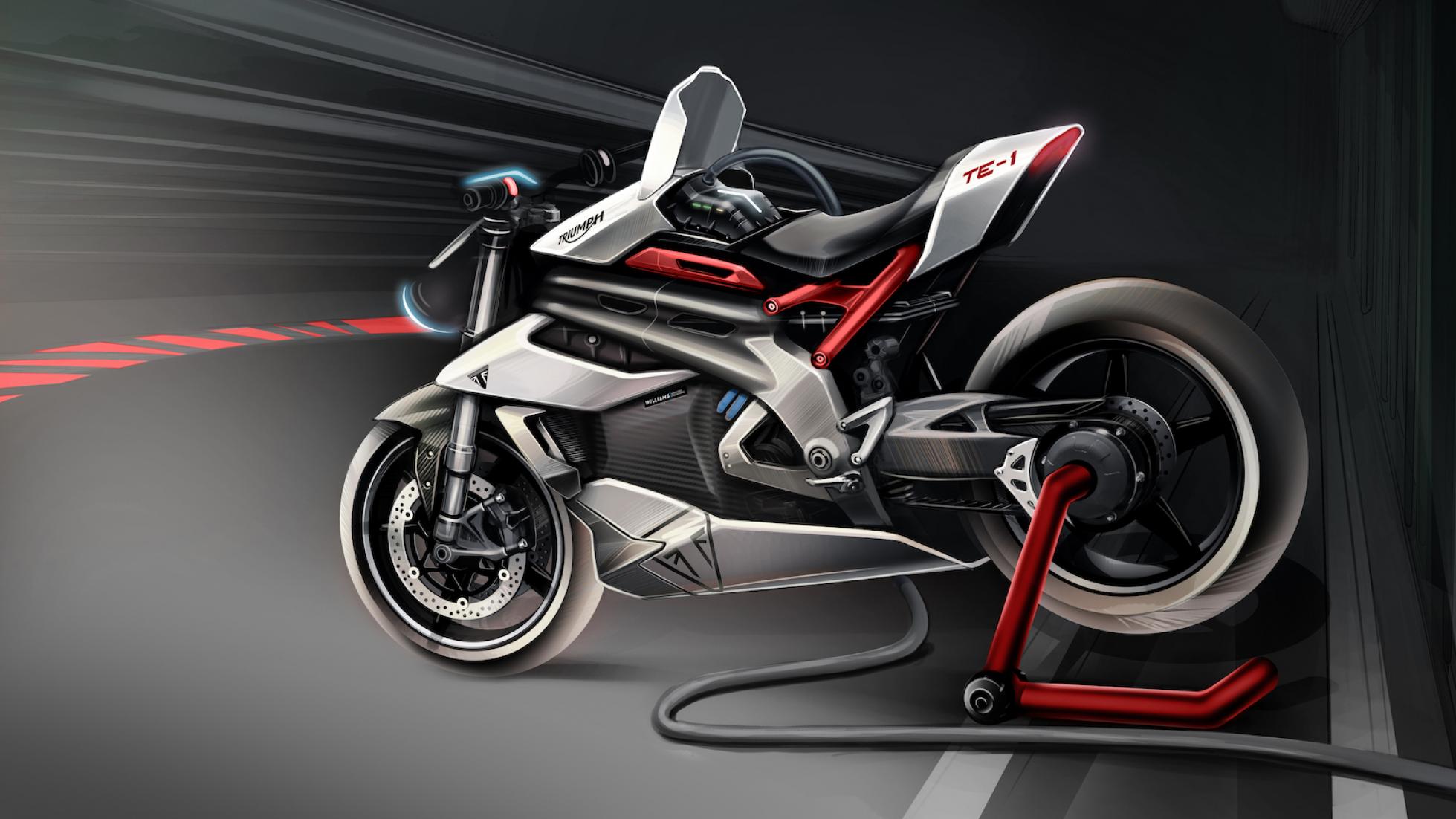
Anyone in the mood for a 180bhp motorbike developed by the brightest minds at Williams, Triumph and an actual university? Yeah, thought you might be.
Oh, one other thing – it’s electric.
But what does that really mean these days? Well, there’ll be the heroes who claim they need a bike with 560km of range before they’ll even consider it, then toddle off on their Charley Boorman mobiles to a country pub and call it an adventure.
There’ll be the hand-wringers who worry about electric infrastructure, conveniently overlooking the fact that they’ve had the lights on at home their entire life and it’s been a good while since they were gas-fired.
Then there’ll be people like us, who are keen as the most eye-watering mustard at the idea of a bike we can refill at home, that takes hardly any maintenance and makes as much power lugging off the line as it does at the licence-surrendering end of the rev range.
At this point, you may notice that it’s not a road-going motorcycle just yet. But it’s not pie-in-the-sky, wouldn’t-it-be-nice folderol, either. The motor was developed by Integral Powertrain, a specialist powertrain company (imagine that) founded by ex-Cosworth engineers. Their creation is all-new for the TE-1 and weighs just 10kg, but is capable of 180 horsepower.

Similarly, Williams Advanced Engineering created an entirely new battery that it’s promising will be lighter, more powerful and have more range than anything we’ve seen before.
And sure, we could promise that the next dinner we cook will actually be the tastiest in the world, but the proof of the pudding has always, and will always, be in the eating.
That said, this is Williams, a company not renowned for a) outlandish claims, b) going off half-cocked or c) being anything but entirely too serious about what they’re doing.
So when its senior commercial manager says they have a game-changing battery, we’re inclined to give them the benefit of the doubt. Also, when that manager makes a point of saying how “beautifully neat” the installation will be, it gives you some indication of what they’re about over at Williams.
Warwick Manufacturing Group – the University of Warwick’s applied science, technology and engineering facility – handles modelling and simulation of William’s battery, Integral’s powertrain and Triumph’s chassis and how they work together.
Clearly, the simulations are saying pretty damn well, because the Triumph-Williams-Integral supergroup is moving on to prototyping the TE-1 this year, before it’s released as a bona fide road-going model at… erm, some point. Can. Not. Wait.
STORY Craig Jamieson






